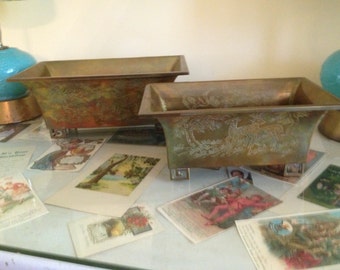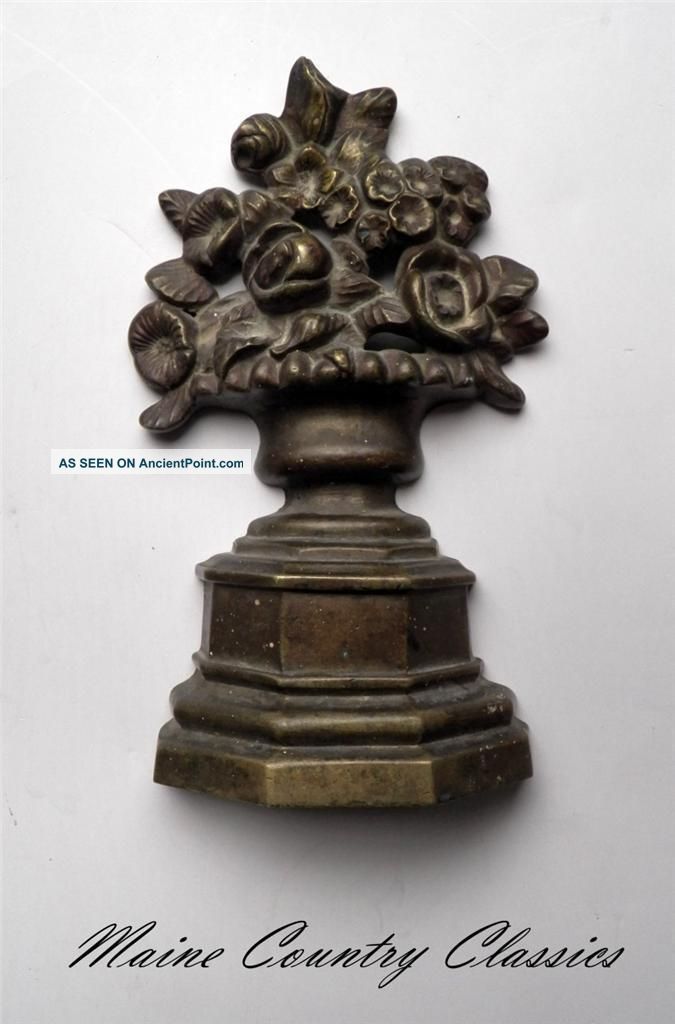
“Typically, I will look at the handle first,” says Robert Kellermann, who is a descendant of Joseph Lodge, founder of Lodge Cast Iron, and the company’s primary source for identifying vintage or otherwise unmarked cast iron.

When you find a cast-iron pan whose provenance is unclear, there are certain characteristics that will clue you in to its maker and age. Oftentimes, the letters and numbers you’ll find on the bottom of a vintage pan denote a pattern number or correspond to a particular cooking surface on a stove the pan might’ve been sold with, and unusual notches could be a maker’s mark incorporated into the piece to identify the actual person who crafted it. For example, a Wagner skillet made to sell in a specific store would forgo the Wagner label and rely on its signature characteristics for brand identification. Each brand had a well-conceived signature design, but for many brands of yesteryear, where consistency ended and mystery unfolded was with markings.Ī skillet’s markings could range from the company’s name to a set of cryptic letters and numbers to mysterious notches to nothing at all, and much of the inconsistency was a result of marketing. They made glassy smooth interiors, handles molded to seamlessly fit into a gripped hand, and walls and pour spouts whose curvature was perfected down to minute angles.

The makers of today’s vintage cast iron were meticulously detailed craftsmen. A careful look at the logo on a vintage pan-if it has one-can help determine its age.


 0 kommentar(er)
0 kommentar(er)
